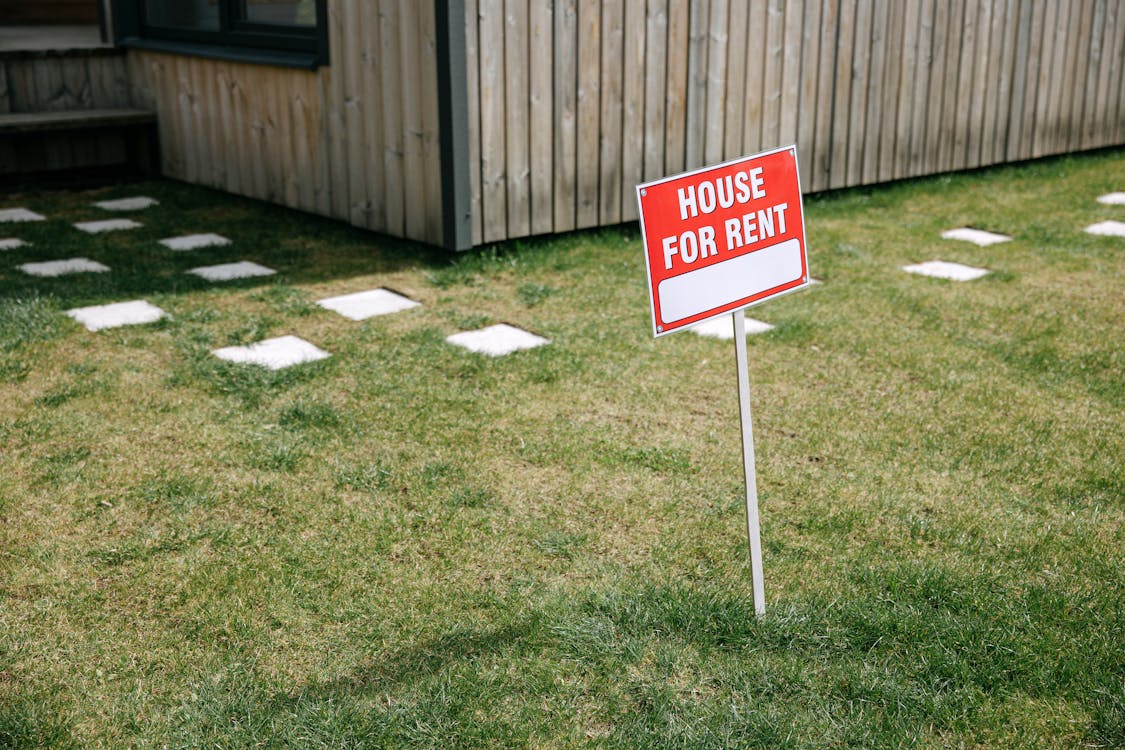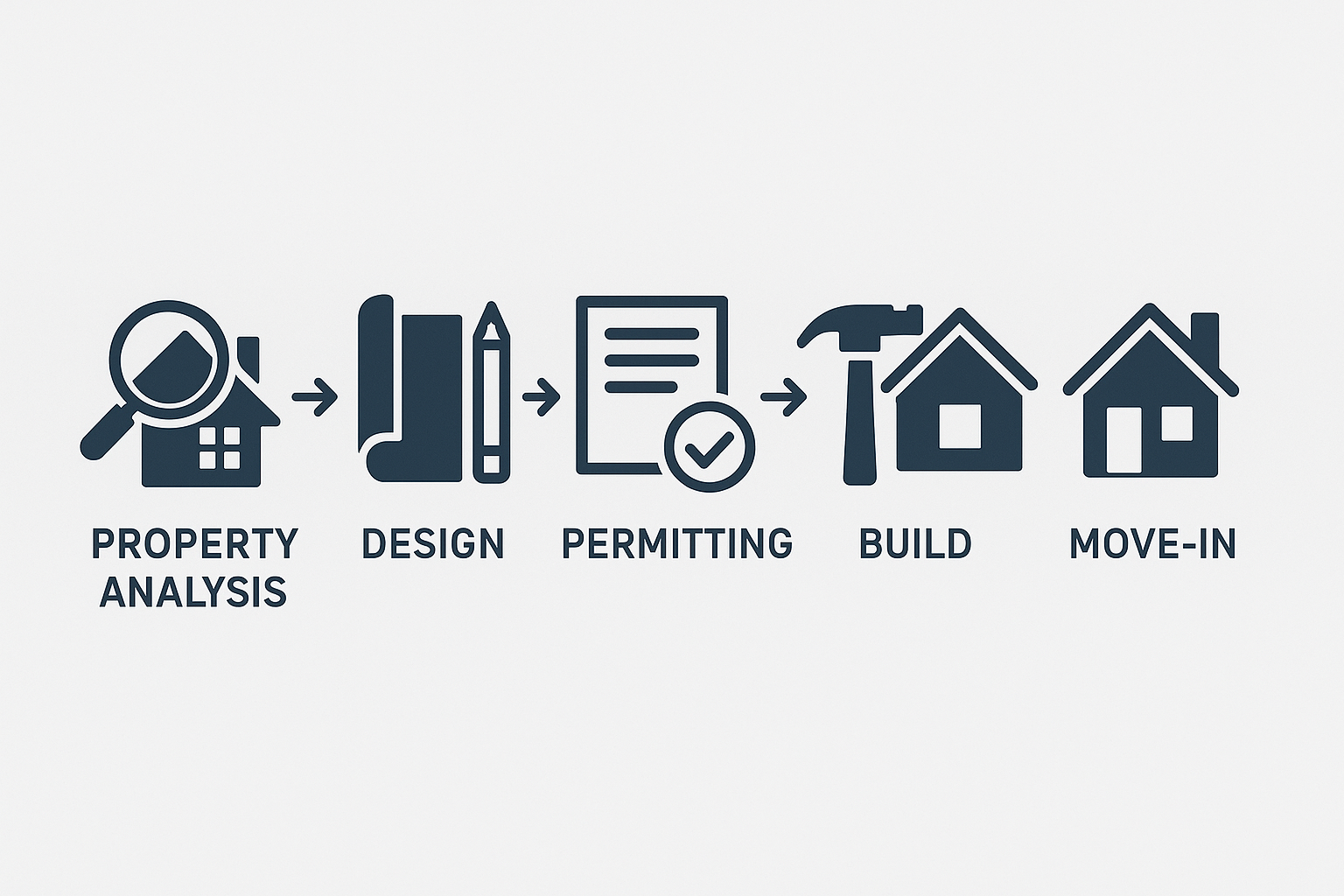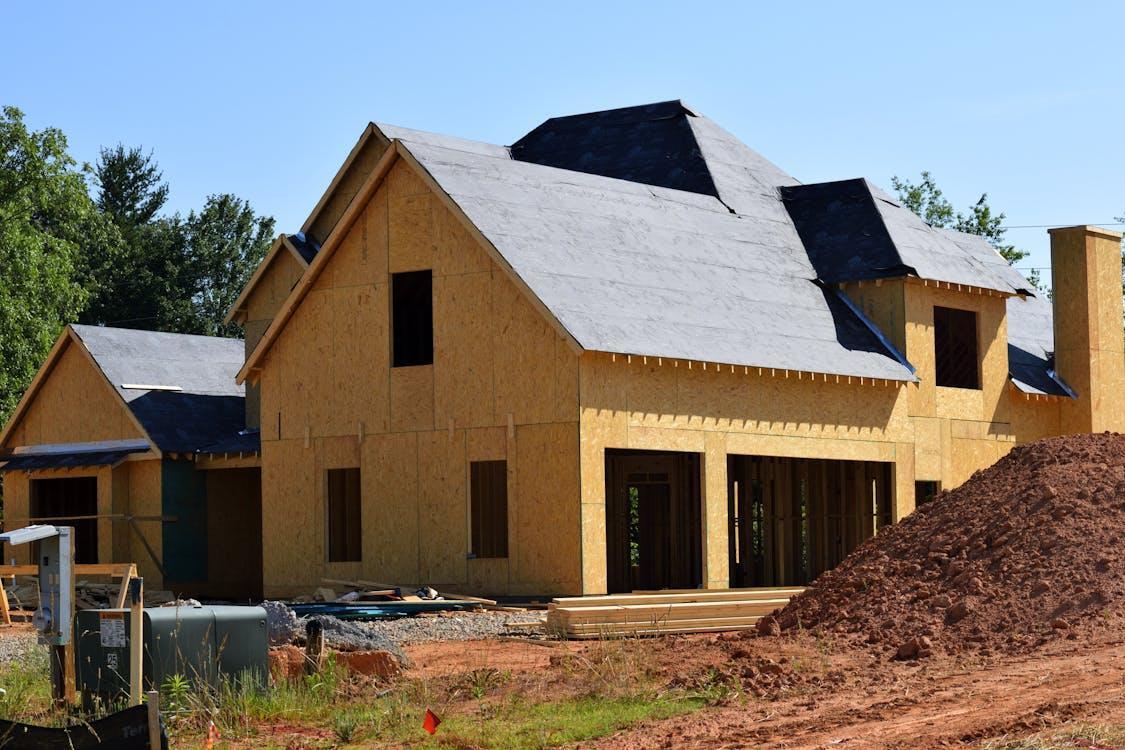Building a diverse real estate portfolio offers a multitude of benefits for investors. It mitigates risk by spreading exposure across different property types and market segments. It unlocks opportunities for income streams with varying levels of risk and reward. However, managing a diverse portfolio also presents unique challenges. Juggling different property types, rental loans, tenant profiles, and maintenance needs requires a well-defined strategy and a toolkit of effective practices.
This blog delves into the intricacies of managing a diverse real estate portfolio. We’ll explore key strategies to optimize your operations, maximize returns, and ensure a smooth experience for both you and your tenants.
1. Diversification of Real Estate Portfolio
The first principle for successful portfolio management is diversification. Just like a well-balanced investment portfolio, a mix of property types mitigates risk and optimizes returns. Here are key areas to consider for diversification:
- Property Type: Venture beyond single-family homes. Explore duplexes, triplexes, or even small apartment buildings for increased rental income and diversification of tenant pools. Consider student housing, vacation rentals, or commercial properties for niche markets and potentially higher returns, though each comes with its own set of management considerations.
- Location: Don’t put all your eggs in one basket (or zip code!). Spread your properties across different neighborhoods or even cities. This protects you from localized economic downturns or market fluctuations. Consider growing markets with potential for appreciation alongside established areas with stable rental income.
- Investment Strategy: Diversify your approach to each property. Utilize the BRRR strategy (Buy, Rehab, Rent, Refinance, Repeat) for value-added renovations on one while opting for a buy-and-hold approach with a well-maintained property in a prime location for long-term income.
- Lease Term: A mix of short-term and long-term leases offers flexibility and caters to different tenant needs. Short-term rentals can capitalize on seasonal fluctuations, while long-term leases provide stable income and reduced turnover costs.

2. Building a Strong Foundation: Systems and Processes
With diversification as the cornerstone, robust systems and processes should be established to streamline management.
- Centralized Organization: Utilize property management software or create a user-friendly system to track leases, rent payments, maintenance requests, and financial records. This promotes organization and simplifies tax filing.
- Standardized Leases: Develop a well-drafted lease agreement that outlines tenant responsibilities, rent amounts, late fees, pet policies, and maintenance procedures. A consistent lease across properties saves time and ensures clarity for both parties.
- Tenant Screening: Implement a thorough tenant screening process, including credit checks, references, and verification of employment. This minimizes the risk of bad tenants who can damage your property or delay rent payments.
- Preventative Maintenance: Schedule regular inspections and preventative maintenance to address minor issues before they escalate into costly repairs. This reduces long-term repair expenses and keeps your tenants happy.

3. Financing Your Growth with Rental Loans and Rental Property Lenders
As you explore opportunities to expand your portfolio, you’ll likely encounter the need for rental property financing. Securing rental loans from rental property lenders allows you to leverage your investment and grow your holdings. Here are some key considerations:
- Loan Options: Research various rental property loan options available. Conventional loans offered by banks and credit unions often have competitive interest rates but require strong credit scores and higher down payments. Government-backed loans may offer lower down payments but come with specific property use and eligibility requirements. Explore options from hard money lenders who specialize in financing investment properties, often with faster turnaround times but potentially higher interest rates.
- Loan Terms: Carefully evaluate loan terms such as interest rates, loan-to-value (LTV) ratio (the percentage of the property value the loan covers), and repayment schedules. Choose a loan that aligns with your investment goals and overall portfolio strategy.
- Lender Reputation: Research the reputation and experience of potential rental property lenders. Look for lenders with a proven track record in financing investment properties and positive reviews from past borrowers.
4. Building Your Team: Delegation and Expertise
As your portfolio grows, consider delegating tasks to build a reliable team.
- Property Management Companies: For a hands-off approach, consider hiring a reputable property management company. They handle tenant relations, rent collection, maintenance requests, and legal compliance, freeing your time to focus on strategic decisions and securing financing through rental property lenders.
- Contractors and Repair Specialists: Develop relationships with qualified contractors, plumbers, electricians, and other repair specialists. This ensures prompt and professional service when maintenance needs arise.
- Legal and Tax Professionals: Consult with a lawyer specializing in real estate to ensure compliance with local regulations and navigate potential legal issues. A tax professional can advise on maximizing deductions and minimizing tax burdens associated with your rental properties, including interest paid on rental loans.
5. Embrace Technology for Innovation
The world of property management is constantly evolving. Embrace technology to streamline tasks and enhance communication:
- Online Rent Payments: Offer tenants online rent payment options for convenience and timely payments, ensuring a smooth cash flow to cover your mortgage payments on rental loans.
- Online Maintenance Requests: Implement an online system for tenants to submit maintenance requests, allowing for efficient issue tracking and resolution and minimizing the need for back-and-forth communication.
- Communication Tools: Utilize property management software or online platforms to communicate with tenants, send lease agreements, manage documents electronically, and keep track of important deadlines related to your rental loans.

Building a successful portfolio of rental properties requires strategic planning and the right financial backing. While traditional loans for investment properties often focus on your income for approval, InstaLend can help! Our single-family rental loans are primarily asset-based, meaning the property’s value is the key factor. Additionally, we offer flexible loan terms and customizable options to suit your real estate investment goals.
Unlock the potential of a diverse portfolio with InstaLend. Visit us today to explore our rental property financing options and get pre-approved for your next investment property!










